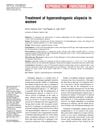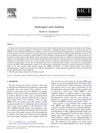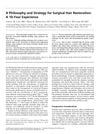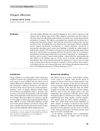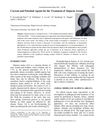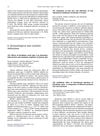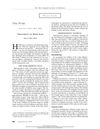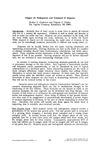Diseases on Hair Follicles Leading to Hair Loss Part I: Nonscarring Alopecias
July 2004
in “
Skinmed
”
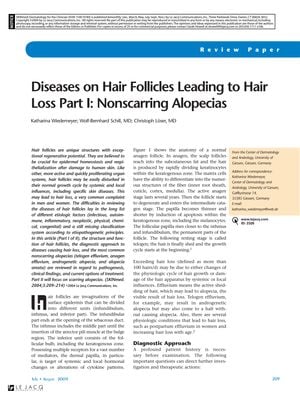
TLDR Common types of non-scarring hair loss have various causes and treatments, but more effective solutions are needed.
The article from 2004 reviewed the structure and function of hair follicles and the diagnostic approaches to hair loss, focusing on common nonscarring alopecias such as telogen effluvium, anagen effluvium, androgenetic alopecia, and alopecia areata. It explained that hair follicles are highly regenerative but sensitive to disturbances, which can lead to hair loss. Diagnostic methods include patient history, hair pull tests, microscopic examination, and sometimes biopsy. Telogen effluvium involves premature entry of hair follicles into the resting phase, while anagen effluvium is often caused by chemotherapy or radiation. Androgenetic alopecia, the most common hair loss type, involves patterned hair loss and is influenced by hormonal changes, with treatments like finasteride, antiandrogens, and minoxidil available but not fully satisfactory. Alopecia areata, an autoimmune condition, has a lifetime risk of 1.7% and can lead to patchy or total hair loss, with treatments such as steroids and PUVA therapy available but variable in effectiveness. The article underscored the psychological impact of hair loss and the need for more research and better treatments.

